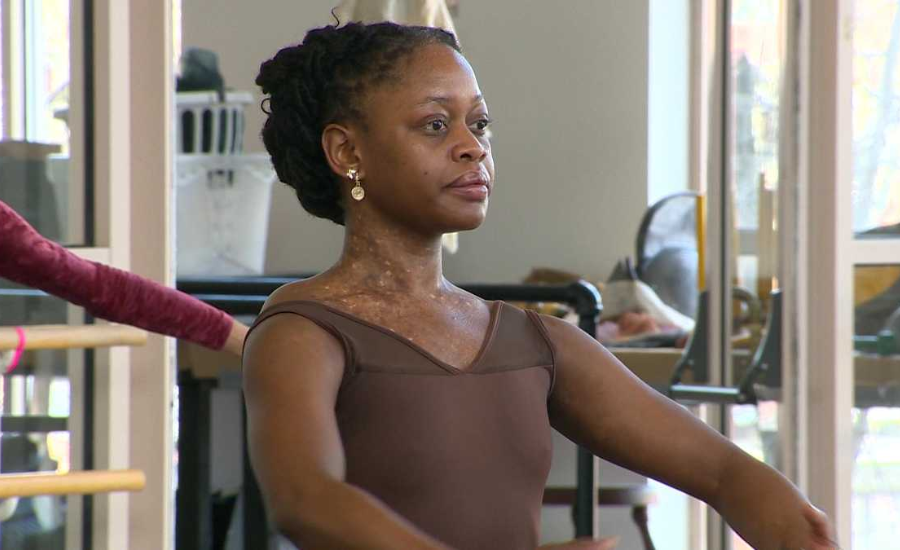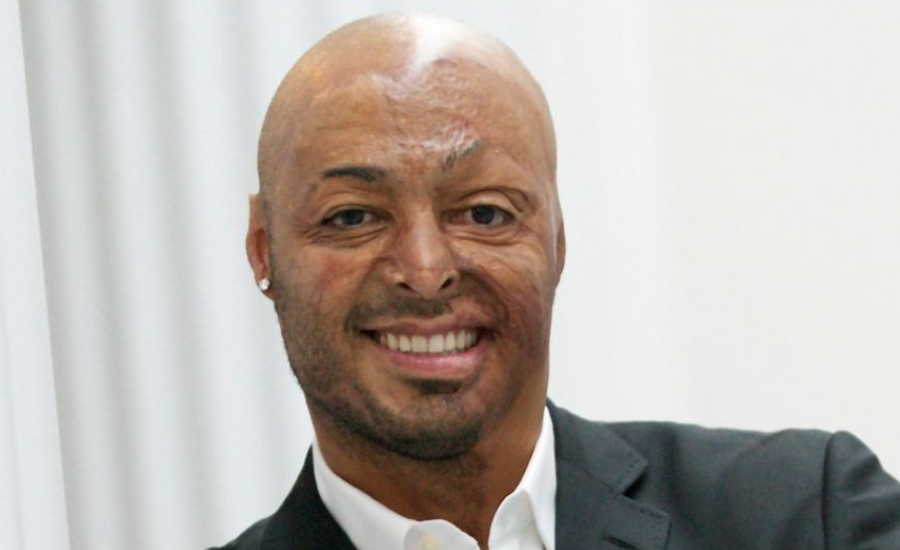Noonan Syndrome is a genetic disorder that affects approximately 1 in 1,000 to 1 in 2,500 people worldwide. It is characterized by distinctive facial features, short stature, heart defects, and various other health issues. Although it is a rare condition, some famous individuals have been diagnosed with Noonan Syndrome. In this article, we will explore the lives of some of these celebrities and their experiences living with the disorder.
Ben Stiller

One of the most well-known celebrities with Noonan Syndrome is actor and comedian Ben Stiller. Diagnosed at the age of 14, Stiller has been candid about his experiences with the condition. In an interview with Parade magazine, he revealed that he has undergone multiple heart surgeries and has faced learning disabilities as part of his journey with Noonan Syndrome. Despite these challenges, Stiller has not allowed his diagnosis to hinder his ambitions. He has achieved remarkable success as an actor, writer, and director, proving that resilience and determination can overcome the obstacles posed by the disorder.
Michaela DePrince

Michaela DePrince is a professional ballet dancer renowned for her talent and determination. Adopted from Sierra Leone at the age of four, she was later diagnosed with Noonan Syndrome. Despite facing discrimination and challenges due to her race and disability, DePrince has risen to prominence as a soloist with the Dutch National Ballet. Her inspiring journey has been featured in numerous publications and documentaries, showcasing her resilience and dedication to her craft.
Tim Burton

Celebrated director and producer Tim Burton has also been diagnosed with Noonan Syndrome. Growing up, he faced difficulties with social interactions and was often bullied due to his physical appearance. Burton found solace in drawing and eventually pursued a career in the arts, developing a distinctive and imaginative style. He has directed iconic films such as “Edward Scissorhands” and “The Nightmare Before Christmas,” leaving a lasting impact on the film industry.
J.R. Martinez

J.R. Martinez is an actor, motivational speaker, and former U.S. Army soldier who was diagnosed with Noonan Syndrome at a young age. He has openly discussed his struggles with the disorder, including undergoing multiple heart surgeries and dealing with bullying. Despite these challenges, Martinez has used his experiences to inspire others. He has achieved success as an actor, with notable appearances on shows such as “All My Children” and “Dancing with the Stars,” where his resilience and positivity have resonated with audiences.
Francisco De Goya

Speculation surrounds the health challenges faced by the renowned Spanish painter and printmaker Francisco de Goya. He suffered from hearing loss, vertigo, and mental instability. Regarded as one of the greatest artists of all time, Goya’s painting “Los Pobres en la Fuente” depicts a boy with characteristics often associated with Noonan Syndrome, such as a large head, low-set ears, a wide nose, and a short neck.
Jackie Evancho

America’s Got Talent star Jackie Evancho is another individual believed to have Noonan Syndrome. She exhibits some physical traits of the disorder, including small stature and a heart murmur. The singer has also been open about her struggle with an eating disorder, which she continues to work hard to overcome.
Jason Buehler

Jason Buehler, also known as Jason Blade in the wrestling world, was diagnosed with Noonan Syndrome at the age of two following heart surgery. The disorder affected his facial features, resulting in low-set ears and a wider nose. Despite facing learning disabilities and speech problems, Buehler has worked diligently to overcome these challenges, ultimately finding success in his passion for wrestling and acting.
What Causes Noonan Syndrome?
Noonan Syndrome is caused by a genetic mutation in one of several genes, with at least eight different faulty genes identified as being associated with the condition. Sometimes, the mutated gene is inherited from a parent, who may or may not exhibit the physical traits of Noonan Syndrome. Only one parent needs to carry the mutation for their child to have a 50% chance of being born with the condition. In other instances, Noonan Syndrome arises from a new genetic mutation not inherited from the parents, significantly lowering the chances of having another child with the syndrome.
The severity of Noonan Syndrome can vary widely, from mild to life-threatening. However, many associated issues can be successfully treated at a young age or may diminish over time. Most children with this genetic condition grow up to lead normal lives. Despite this, certain complications, such as heart defects, can be severe and potentially life-threatening. Some children might require urgent surgery to address these defects, and regular heart monitoring is often necessary throughout the lives of those with Noonan Syndrome.
Common Features of Noonan Syndrome
Unusual facial features, such as:
- Broad forehead
- Drooping eyelids
Wider-than-usual distance between the eyes
- Short stature
- Heart defects
7 Facts About Noonan Syndrome
- 1 in 5 people diagnosed with Noonan syndrome will have no known cause for their disorder.
- 85% of children born with Noonan syndrome will develop some sort of cardiovascular problem at some point in their lives.
- 25% of those born with Noonan syndrome will experience some level of language development delay.
- 75% of Noonan syndrome cases are inherited, while the rest result from random mutations.
- There is no current cure for Noonan syndrome; treatment plans aim to relieve bothersome symptoms as much as possible.
- 50% of those with Noonan syndrome will develop at least one or more eye conditions.
- 60% of boys with Noonan syndrome will have reproductive system issues.
FAQs About Noonan Syndrome
What is Noonan Syndrome?
Noonan Syndrome is a genetic disorder that affects physical appearance, growth, heart, and other bodily functions. It occurs due to mutations in certain genes.
How common is Noonan Syndrome?
Noonan Syndrome affects approximately 1 in 1,000 to 1 in 2,500 people worldwide.
What causes Noonan Syndrome?
It is caused by genetic mutations in one of several genes. These mutations can be inherited from a parent or occur spontaneously.
What are the common symptoms of Noonan Syndrome?
- Unusual facial features (broad forehead, drooping eyelids, wider-than-usual distance between the eyes)
- Short stature
- Heart defects
- Developmental delays
How is Noonan Syndrome diagnosed?
Diagnosis is typically made through a combination of physical examination, medical history, and genetic testing. Can Noonan Syndrome be cured? There is currently no cure for Noonan Syndrome. Treatment focuses on managing symptoms and addressing health issues as they arise.
What are the treatment options for Noonan Syndrome?
Treatment may include surgery for heart defects, growth hormone therapy, educational support, and regular monitoring for associated health issues.
How does Noonan Syndrome affect life expectancy?
Many individuals with Noonan Syndrome live normal lifespans, although severe complications can impact overall health and longevity.
Can people with Noonan Syndrome have children?
Yes, people with Noonan Syndrome can have children. Each child has a 50% chance of inheriting the condition if one parent has the syndrome.
How can families cope with Noonan Syndrome?
Families can benefit from genetic counseling, support groups, and working closely with healthcare providers to manage the condition effectively.
Conclusion
Noonan Syndrome, while rare, impacts many individuals worldwide, including some well-known public figures. The disorder presents unique challenges, such as distinctive physical features, heart defects, and developmental delays. Despite these obstacles, many people with Noonan Syndrome lead fulfilling lives, demonstrating remarkable resilience and success in their respective fields.
Understanding the genetic basis and variability of Noonan Syndrome is crucial for effective management and support. While there is no cure, treatment plans tailored to individual needs can significantly improve quality of life. Ongoing research and awareness efforts continue to shed light on this condition, offering hope for those affected and their families.
Stay in touch for more updates and alters visit: Times Radar!
